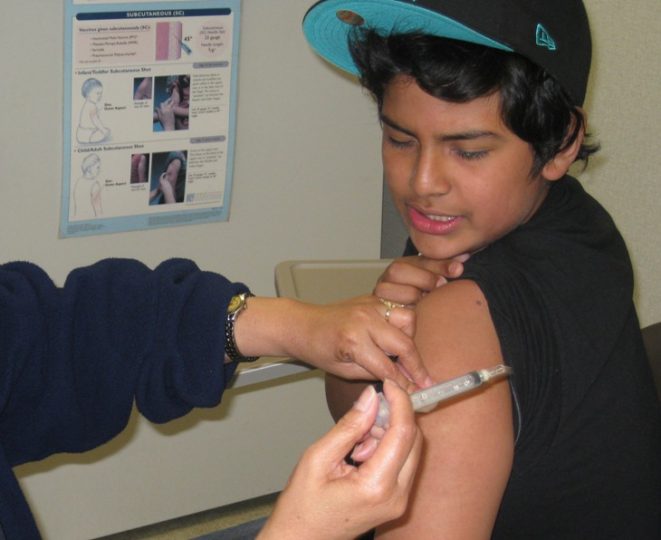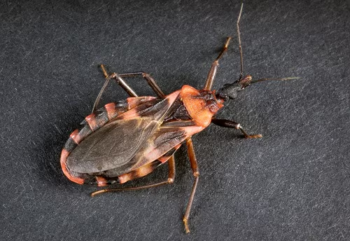After reaching the highest total in the past 60 years, the number of local pertussis cases is returning to normal levels after the 2010 epidemic.
In 2010, the number of pertussis or whooping cough cases in the region reached 1,179, including two infant deaths. The following year, the total dropped to 400. This year, we will see an even lower number with just 145 whooping cough cases reported to date.
What is the main reason for the decrease? Vaccination.
“The pertussis vaccine continues to be the best form of protection against the highly-contagious disease,” said Wilma Wooten, M.D., M.P.H., county public health officer. “The whooping cough vaccine series and boosters are effective in helping to protect children and teens against the disease.”
Prior to the 2010 epidemic, which also hit record totals across the state, the number local of pertussis cases varied from year to year. The total raged from a high of 371 in 2005 to a low of 49 cases in 2007. A total of 144 pertussis cases were reported the year before the epidemic hit.
As a result of the epidemic, the State began requiring all 7th graders to show proof they had received the pertussis booster shot (Tdap) in order to enroll in school. AB 354 went into effect in July 2011 and had an effect on about 230,000 local students, as 8th through 12 graders had to catch up.
According to Wooten, the new requirement helped to drive down the number of pertussis cases locally. Also preventive treatment is given to family members and other close contacts of those who develop the disease. Public awareness, Wooten said, has also increased, especially about the need to protect children and infants who are most vulnerable to the disease.
However, she warned, pertussis is still a public health threat and parents should make sure their children get the recommended doses of vaccine.
“While the number of cases is returning to normal levels, pertussis continues to be a concern, especially to infants who can develop life-threatening complications,” Wooten said. “This week, two cases were reported at two local elementary schools, a sign that the disease continues to be present at schools.”
Before the pertussis vaccine was approved in the United States, whooping cough killed between 5,000 and 10,000 people every year.
The Centers for Disease Control and Prevention recommends that children get five doses of DTaP vaccine at the following ages: 2 months, 4 months, 6 months, 15 to 18 months and 4 to 6 years. Health officials also recommend that preteens and adults get a one-time Tdap booster.
Parents can obtain the vaccine series and the Tdap booster shot for themselves and their children through their primary care physicians or local retail pharmacies which offer vaccinations for a fee. People with no medical insurance can get the shot from any of the County’s Public Health Centers at no cost.
A typical case of pertussis starts with a cough and runny nose for one to two weeks, followed by weeks to months of rapid coughing fits that sometimes end with a whooping sound. Fever, if present, is usually mild. The disease is treatable with antibiotics.
For more information about whooping cough and ongoing vaccination clinics, call the HHSA Immunization Branch at (866) 358-2966, or visit www.sdiz.org.






